Fiberstore is a professional OEM manufacturer and supplier of SFP and SFP+ modules. These SFP and SFP+ transceivers and cables are 100% compatible with major brands. According to your requirements, Fiberstore welcome any inquiry for customized SFP modules. This paper is going to introduce Fiberstore's Gigabit Ethernet Transceivers and Cables Frequently Asked Questions.
What is the distance supported by the SFP+ SR transceiver?
The supported distance is up to 300 meters depending on the quality of the multimode fiber (MMF) you use. Quality of SFP+ SR transceiver MMF is listed as OM1 (up to 33 meters), OM2 (up to 8 2 meters), OM3 (up to 300 meters), and OM4 (up to 400 meters). Check with the supplier for the cable distance supported.
Do the SFP+ optical transceivers support 1 GbE operation?
Yes, they support 1G b E and 10 G b E dual rates and can be configured for 1 GbE.
What is Gigabit Ethernet Auto-Negotiation?
The IEEE standard for auto-negotiation ensures easy migration from 10 Mbps to 100 Mbps and 1000 Mbps speeds. The Auto-Negotiation standard allows devices based on several Ethernet standards, from 10BaseT to 1000BaseT, to coexist in the network by mitigating the risks of network disruption arising from incompatible technologies. This capability helps ensure a smooth migration path from Ethernet to Fast Ethernet and Gigabit Ethernet. Related product: 10/100/1000BASE-T Ethernet SFP.
Will the SFP+ optical transceivers auto - negotiate between 1 GbE and 10GbE?
Auto - negotiation is not supported between the 10 GE and 1 GE speed. The transceiver must be manually configured to operate at 1 GE speed.
What are the Cisco Compatible QSFP and SFP+ copper cables provided by Fiberstore?
| SFP+ copper cables |
| SFP-H10GB-CU1M |
Cisco compatible 10GBASE-CU SFP+ Twinax copper cable 1 meter passive 30AWG |
| SFP-H10GB-CU1-5M |
Cisco compatible 10GBASE-CU SFP+ Twinax copper cable 1.5 meter passive 30AWG |
| SFP-H10GB-CU2M |
Cisco compatible 10GBASE-CU SFP+ Twinax copper cable 2 meter passive 30AWG |
| SFP-H10GB-CU3M |
Cisco compatible 10GBASE-CU SFP+ Twinax copper cable 3 meter passive 30AWG |
| SFP-H10GB-CU5M |
Cisco compatible 10GBASE-CU SFP+ Twinax copper cable 5 meter passive 24AWG |
| QSFP+ to QSFP+ copper cables |
| QSFP-H40G-CU1M |
Cisco compatible 40GBASE-CR4 QSFP+ passive copper cable 1 meter |
| QSFP-H40G-CU3M |
Cisco compatible 40GBASE-CR4 QSFP+ passive copper cable 3 meter |
| QSFP-H40G-CU5M |
Cisco compatible 40GBASE-CR4 QSFP+ passive copper cable 5 meter |
| QSFP to 4SFP+ copper cables |
| QSFP-4SFP10G-CU1M |
Cisco compatible 40GBASE-CR4 QSFP+ to 4SFP+ passive copper cable 1 meter |
| QSFP-4SFP10G-CU3M |
Cisco compatible 40GBASE-CR4 QSFP+ to 4SFP+ passive copper cable 3 meter |
| QSFP-4SFP10G-CU5M |
Cisco compatible 40GBASE-CR4 QSFP+ to 4SFP+ passive copper cable 5 meter |

Does the Twinax copper cable plug directly into the NIC and the switch?
Yes, the copper cable has an SFP+ or QSFP connector on both ends of the cable that directly plugs into the corresponding ports of the switch and NIC.
Should I use optical transceivers with the SFP+ and QSFP direct - attach Twinax copper cables?
No. These are direct - attach Twinax cables and come with connectors that plug directly into the SFP+ port or the QSFP port of the switch/NIC on either end. Transceiver cannot be used.
What is the advantage of SFP+ Twinax copper cable?
It is a low - cost option for shorter distances up to 5 meters.
Do Fiberstore's SFP+ direct attached Twinax copper cables work with Cisco switches?
Yes, Fiberstore offers SFP+ twinax copper cables and SFP+ active optical cables with 100% compatibility for Cisco. All of these SFP+ direct attach cables can meet the ever growing need to cost-effectively deliver more bandwidth, and they can be customized in different length to meet customers' requirements.
What is the advantage of SFP+ Twinax copper cable?
It is a low - cost option for shorter distances up to 5 meters.
Is 10GBase - T same as 10GBASE - T?
Yes. 1GBase - T is shorthand for 1000BASE - T and 10GBase - T is same as 10GBASE - T; they are the twisted pair implementations of 1 GbE and 10 GbE respectively
What are the distances supported by cables to use with the 10GBase - T ports?
Data center s ha ve a large installed base of Cat 5/6/7 twisted pair cables for the last 10+ years - initially for 1000BASE - T and now for use with 1/10GBase - T infrastructure. Distances supported at 10 Gbps speed:
- CAT 6A and CAT 7 cables supporting 100 meters
- CAT 5e and CAT 6 cables supporting 55 meters
How do I use the SFP+ ports for 1000BASE - T?
You need to purchase SFP+ to 1000BASE - T adapter ( SFP+/ Copper RJ45 ).

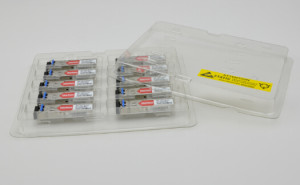




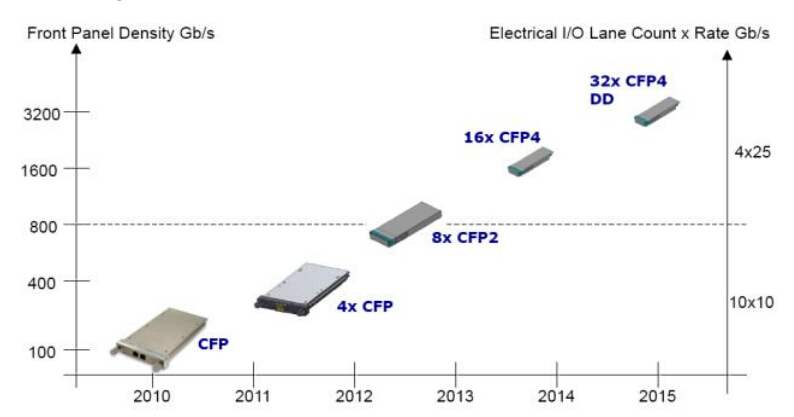
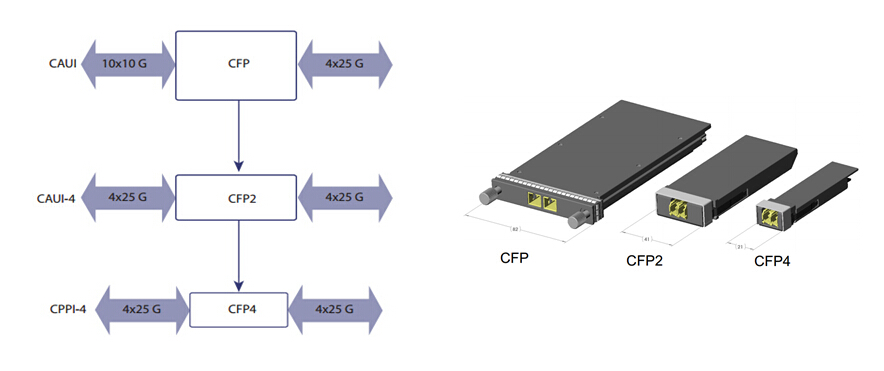
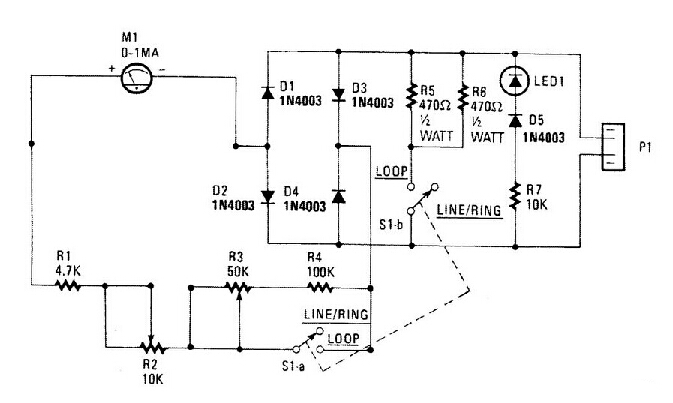




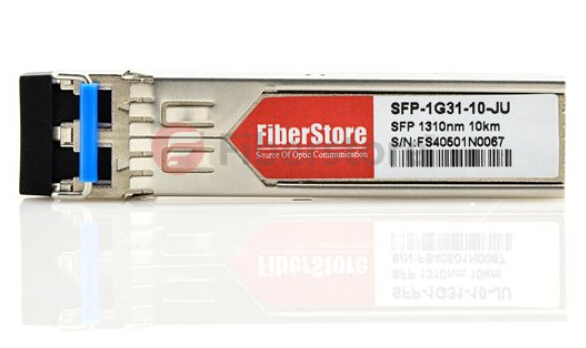
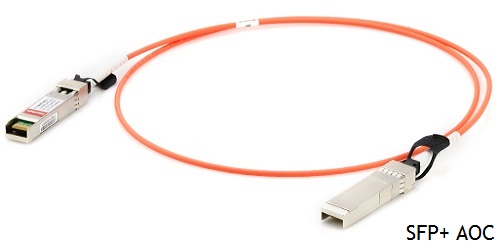
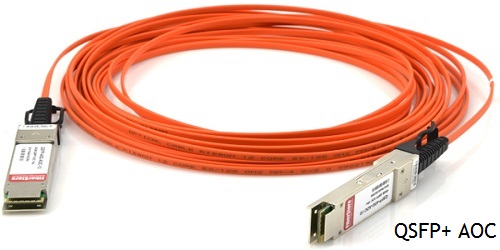
 1. Longer reach (> 7 meters)
1. Longer reach (> 7 meters)
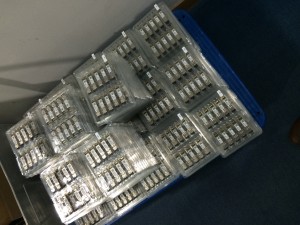 If it is your first purchase of
If it is your first purchase of 
.jpg)

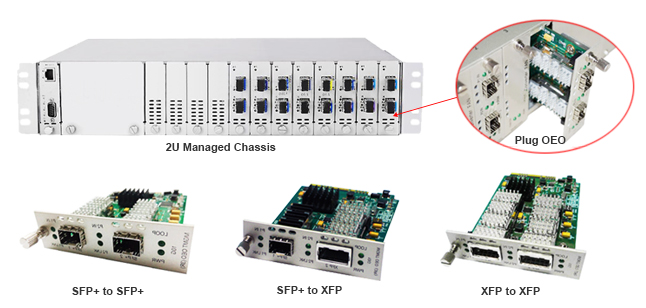
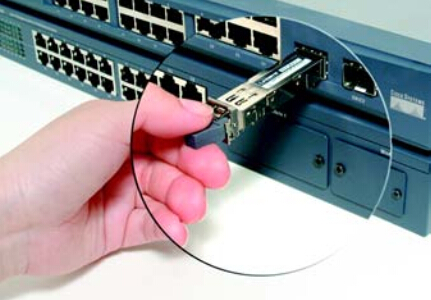
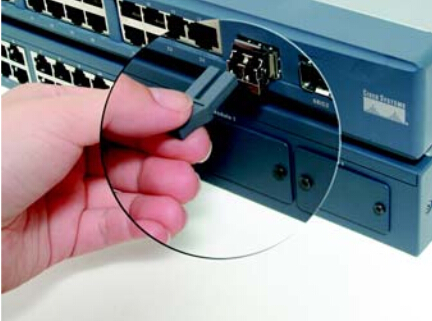
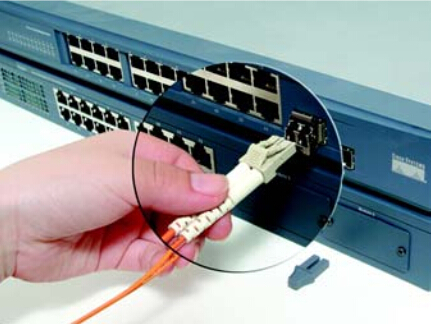
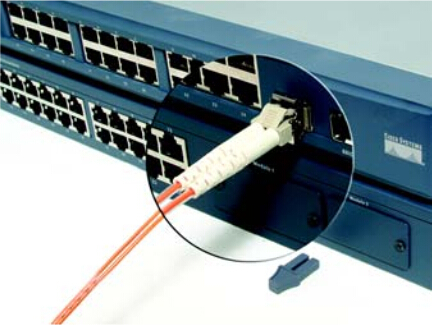
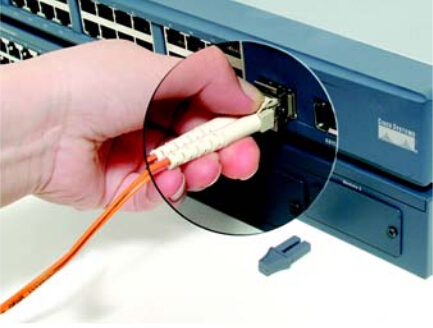
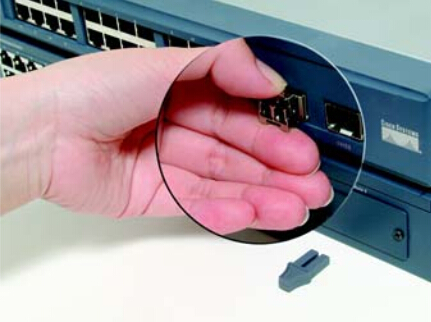
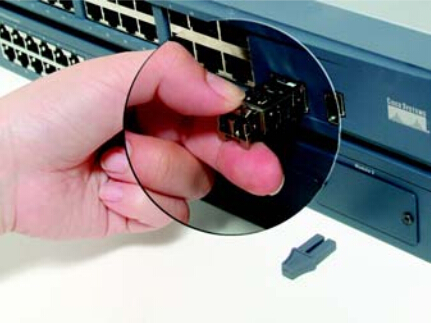
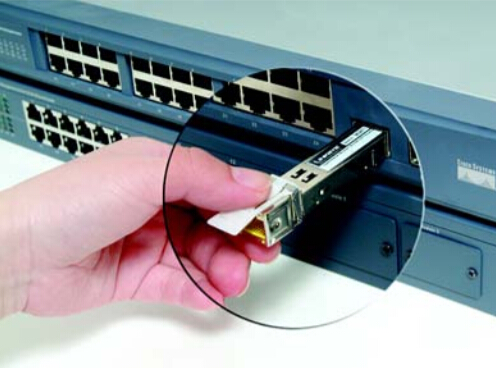
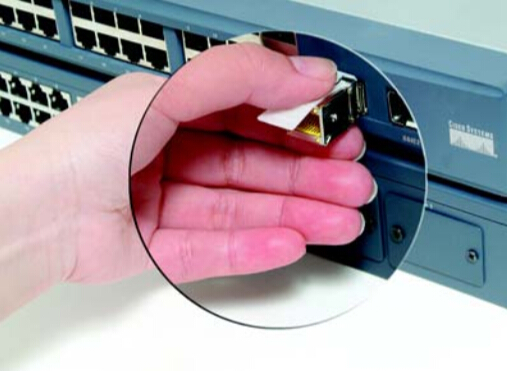
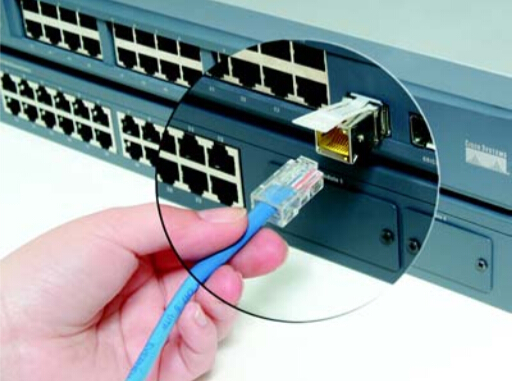
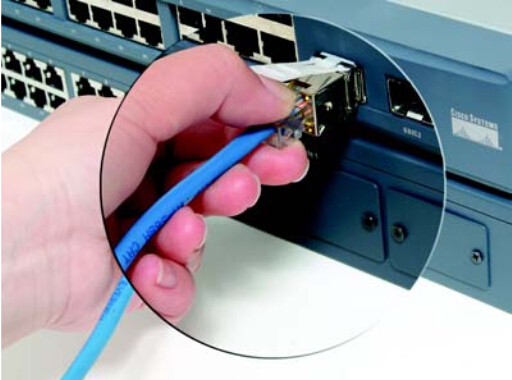
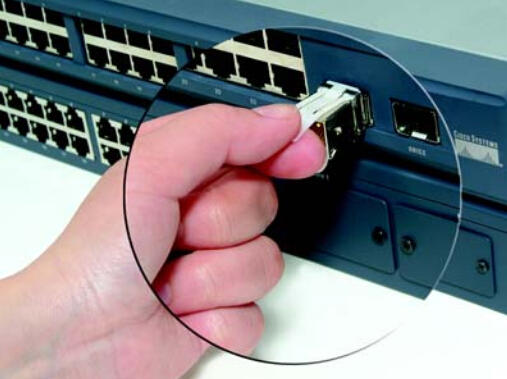
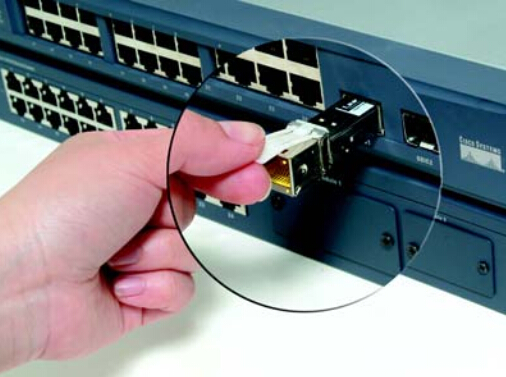
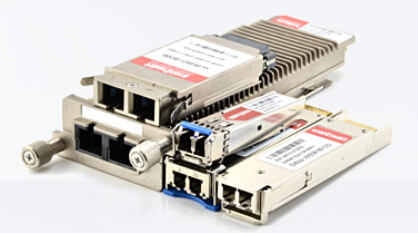


 – Datacom applications using 10 Gigabit Ethernet and 2x/4x/8x/16x Fibre Channel (LW and SW)
– Datacom applications using 10 Gigabit Ethernet and 2x/4x/8x/16x Fibre Channel (LW and SW)